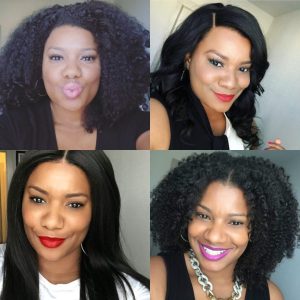
DIFFERENT TYPES OF WIGS
Different types of wigs. Hair plays a crucial role in defining a person’s personal style and overall appearance. Unfortunately, medical conditions, aging, or even personal preference can cause hair loss. Human hair wigs offer a seamless look that replicates your own hair, allowing anyone to regain their confidence and maintain their preferred look with ease. Due to wide range of options available in the market today, choosing a human hair wig can be intimidating for first-time users.
DIFFERENT TYPES OF WIGS
there are several factors to consider, ranging from material and construction to style and cost. This blog aims to educate about the various types of human hair wigs, going over their benefits and drawbacks, and helping you make the best decision.
1, Remy Wig
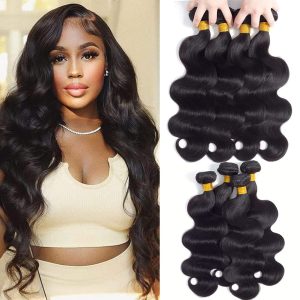
Remy human hair wigs are regarded as luxury wigs because of their undisturbed cuticle layer, which keeps the hair pieces aligned from root to tip. Because of this alignment, there is less tangling, which gives the texture and illusion of naturalness. Remy’s hair is processed to preserve its cuticles, which improves its appearance and longevity.
2. Human Hair
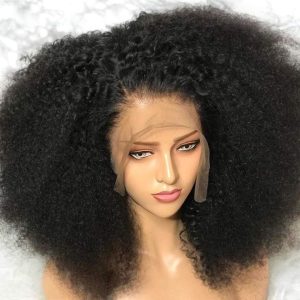
Wigs Without Remy Hair from different donors is used to create non-Remy human hair wigs, which are typically less expensive than Remy wigs. More tangles and mats may result from the hair cuticles’ varying directions. After being gathered, the hairs go through a procedure to guarantee alignment, although this may remove the cuticle layer, decreasing their longevity and natural sheen.
3. Wigs with Lace
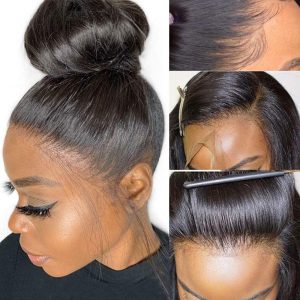
The base material of lace wigs, which are popular among wig users, is sheer lace mesh that matches the color of your scalp. The hand tied hair creates the appearance of natural growth, making it incredibly versatile for any style without sacrificing its organic look.
4. Wigs made of monofilament
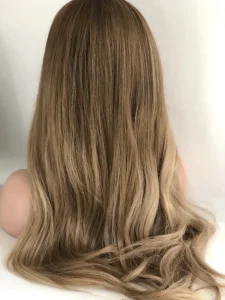
Although, monofilament wigs share characteristics with lace wigs, including a mono-mesh foundation. The wig is appropriate for streamlined hairstyles since each hair strand is individually connected to the foundation, allowing the hair to move freely. These wigs provide an amazing natural look with a genuine appearance and can withstand frequent wear.
5. Wigs in Combinations

However, combining hand-tied and machine-sewn components creates a compromise between full monofilament and machine-made wigs. These wigs are a popular choice among users because of their natural appearance and lower cost because of the less labor-intensive manufacturing procedure.
6. Wigs Without Caps
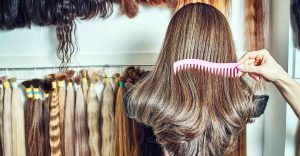
Meanwhile, capless wigs are a simple choice for novice users and provide exceptional comfort and durability. These wigs, also known as open-weft or open-cap wigs, are made using machine-sewn hairs that are fastened to an elastic cap. Because of their breathability, capless wigs have become more and more popular despite their artificial appearance.
7. Thin Polyurethane Wigs
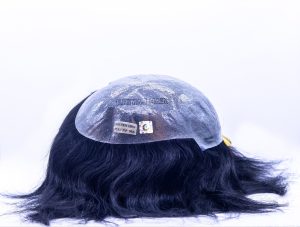
PU Thin Wigs are a form of wig composed of polyurethane, a material with a scientific designation. These can give an amazing natural look without the need for adhesives, making them a good choice for women who have completely lost their hair.
8. Wigs that are 100% hand-tied

Also, each strand of a 100% hand-tied wig is tied by hand to a soft mesh cap, as the name implies. This produces a seamless appearance by allowing the wig to lay flat against the head and produce natural movement.
Summary
Hence, when selecting a human hair wig, practicality and style must be balanced. Knowing the differences between Remy, Non Remy, Full Lace, Lace Front, Capless, and Virgin Hair Wigs makes it easier to customize the selection to meet individual needs. Every hair type has distinct comfort, style, and upkeep qualities to suit a range of tastes and price ranges.